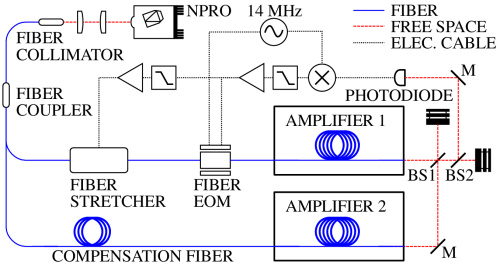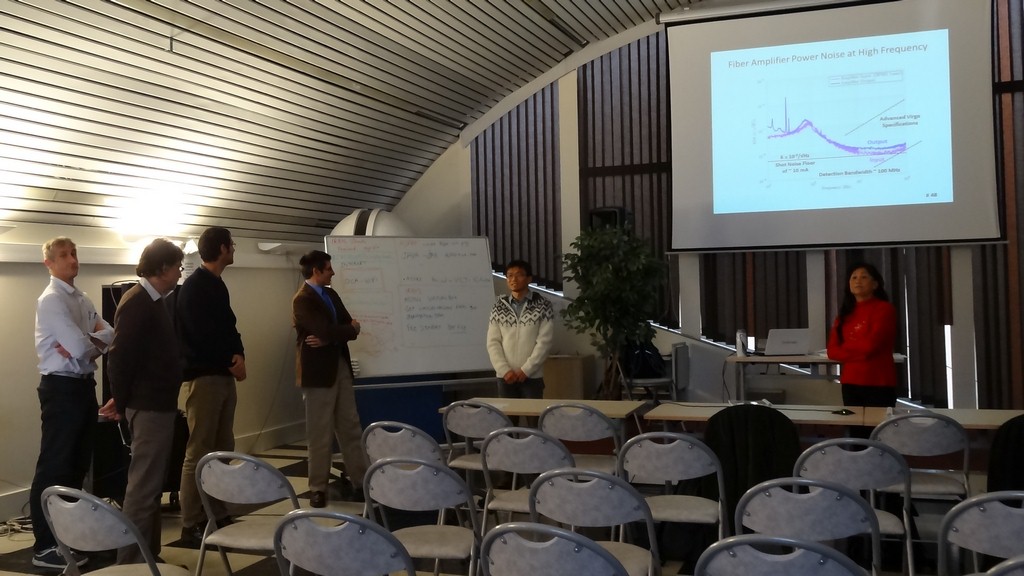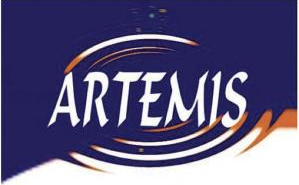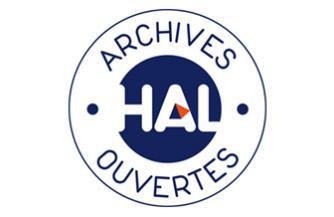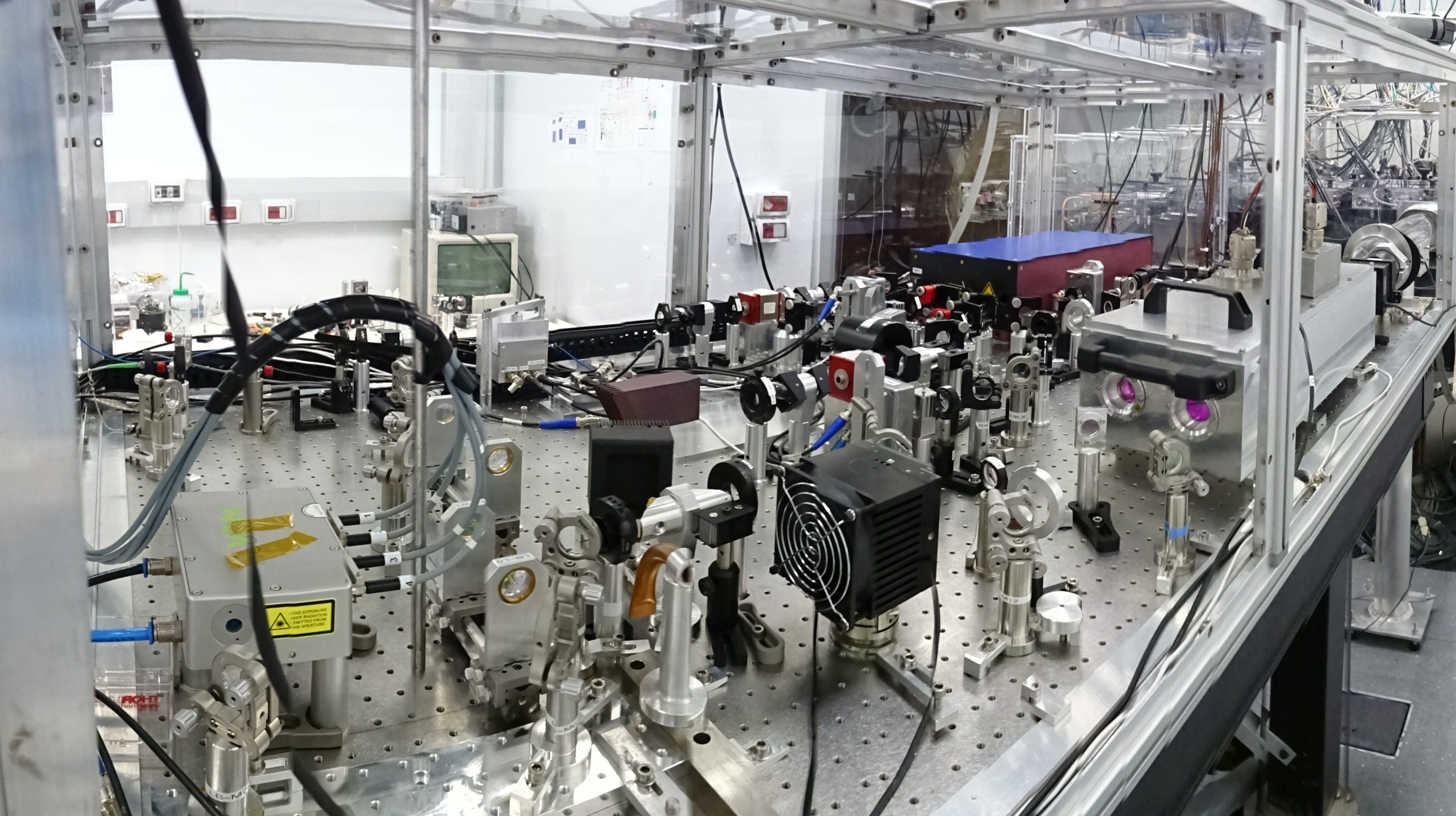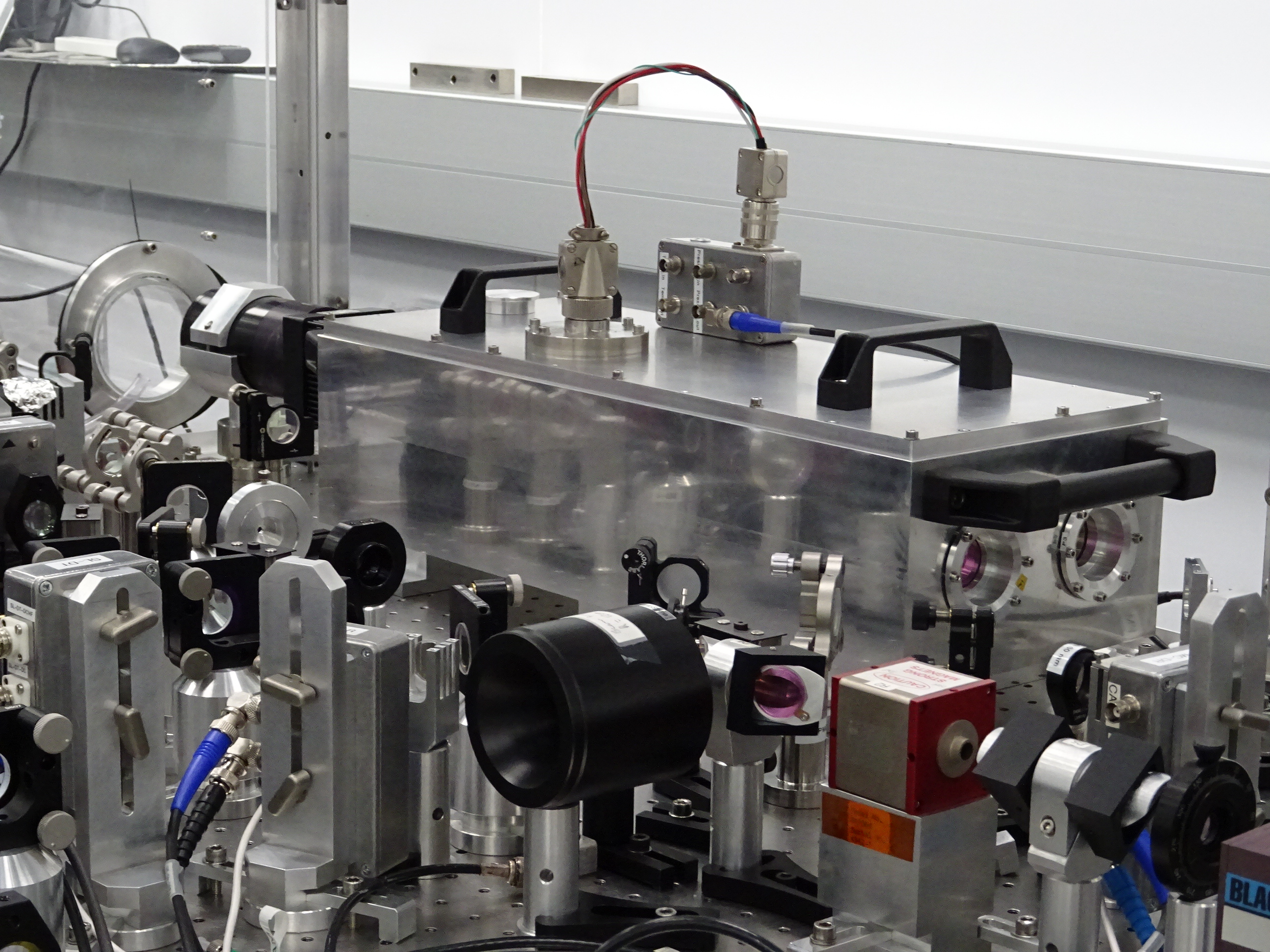The O3 Pre-Stabilized Laser System delivers an extremely stable (in frequency, power and position) beam to Advanced VIRGO interferometer. The system described in this page has been running since January 2018 and was in operation for gravitational wave detection from the beginning of the O3 observation run the 1st april 2019 to its end March 27th 2020 leading to the detection of approximately one binary merger candidate per week with 76 % of the time available for scientific measurement. It is now used also for the O4 observation run. It is based on Nd3+ doped cristals and provides around 65 W in a single frequency, continuous wave, single transverse mode. It replaces the O2 Pre-stabilized laser system
The developpement of the O3 Pre-Stabilized laser system has triggered different research projects concerning :
- high power amplifier
- ultra low noise power stabilization
- high power pre-mode cleaner
- laser beam coherent combination
Principal investigators of O3 PSL :
- Dr. Frédéric Cleva : laser & optics research engineer (now member of LISA project)
- Dr. Fabien Kéfélian : associate professor (now working on Fiber interferometer)
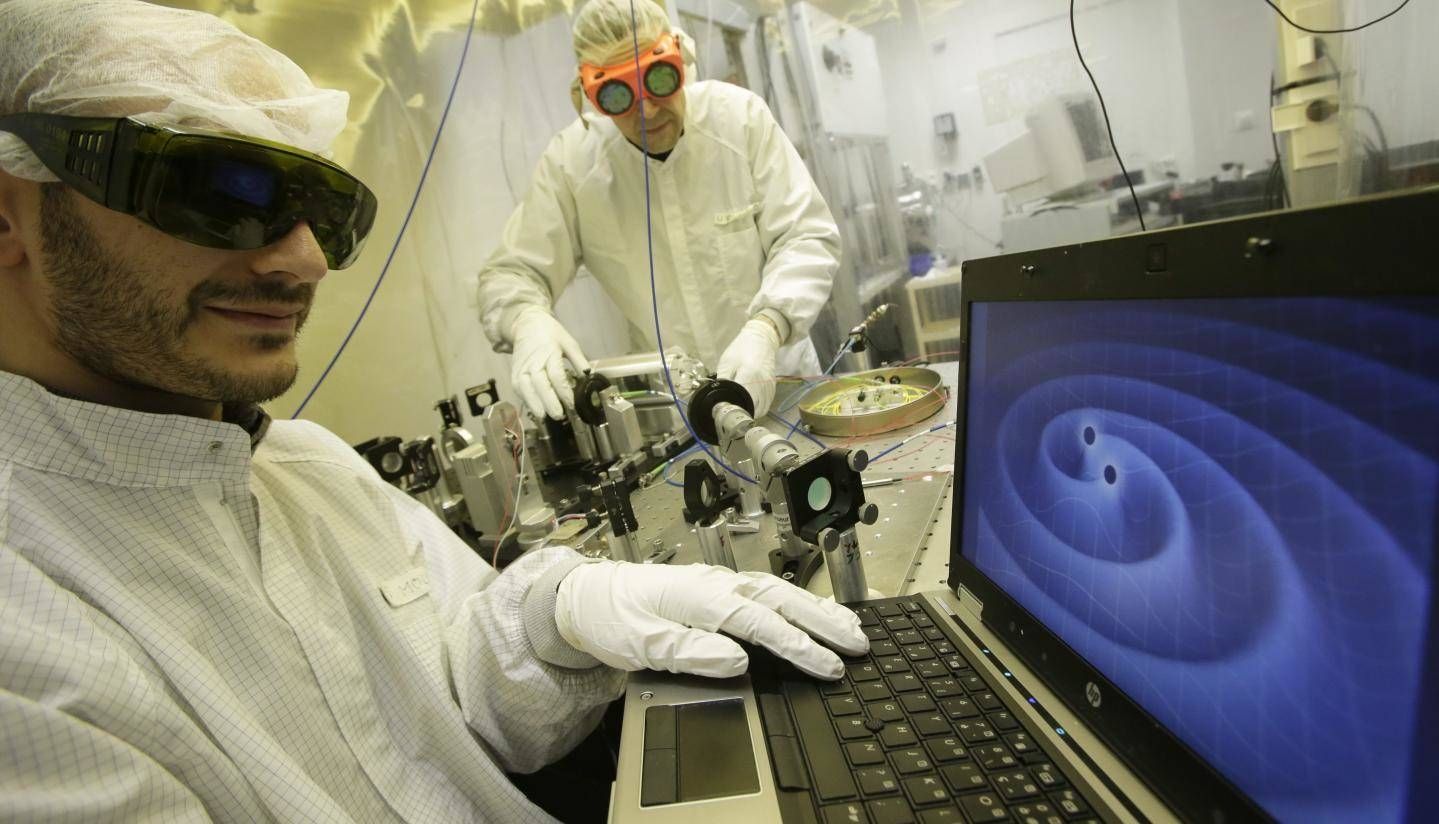
(Front : Dr. Fabien Kéfélian; Back: Dr. Frédéric Cleva)
Associates :
- Jean-Pierre Coulon : electronics engineer
- Mourad Merzougui : mechanics engineer
Former members :
- Dr. Catherine Nary Man : senior research fellow emeritus (now member of LISA project)
- Dr. Margherita Turconi : laser & optics engineer 2013-2015 (now associate professor)
- Dr. Li-Wei Wei : doctoral candidate 2012-2015 (now in AEI Hanovre)
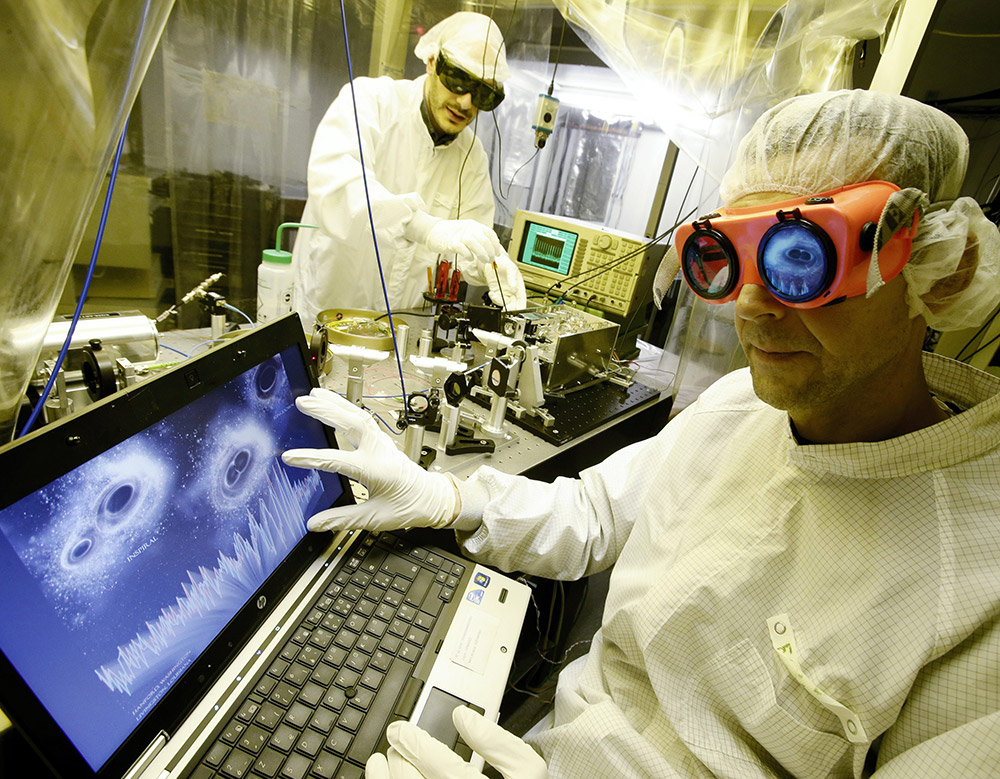 (Front : Dr. Frédéric Cleva, Back : Dr. Fabien Kéfélian )
(Front : Dr. Frédéric Cleva, Back : Dr. Fabien Kéfélian )
High power amplifier systems investigation and metrology
In order to develop the O3 pre-stabilized laser system, two different high power amplifier technologies has been investigated and metrologicaly characterized :
- 50 W Yb3+ doped fiber amplifier
- 100 W Nd3+ YVO4 amplifier
Publications :
- 100 W Nd3+ YVO4 amplifier : Frédéric Cleva, Jean-Pierre Coulon, Fabien Kéfélian. Characterization, Integration and Operation of a 100-W Solid State Amplifier in the Advanced-VIRGO Pre-Stabilized Laser System CLEO Europe 2019, Jun 2019, Munich, Germany
- 50 W Yb3+ doped fiber amplified : Doctoral thesis of Li-Wei Wei : High-power laser system for Advanced Virgo gravitational wave detector : coherently combined master oscillator fiber power amplifiers
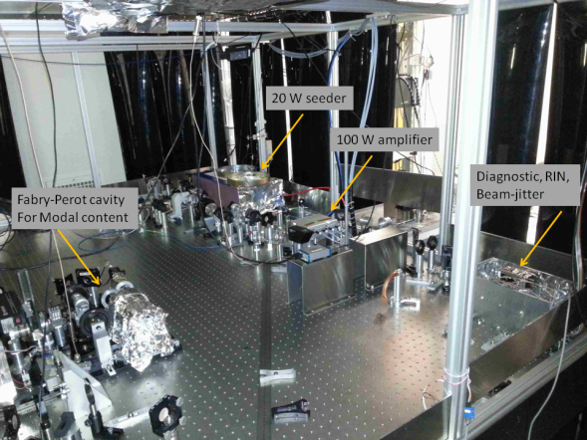 Fig. 1 Test bench in ARTEMIS
Fig. 1 Test bench in ARTEMIS
Fig. 2 New amplifier integrated in the PSL bench of Advanced VIRGO
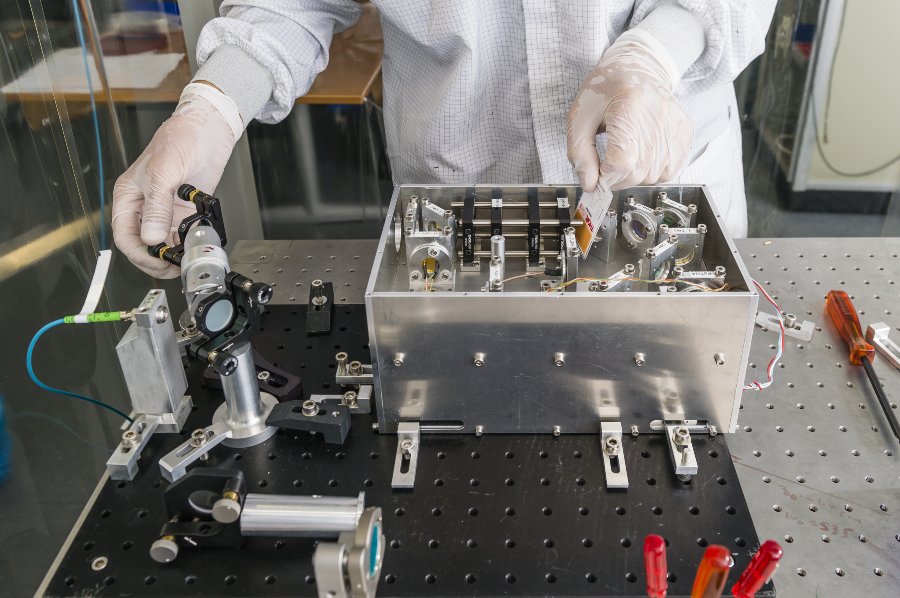 Fig 3. Laser diagnostics box
Fig 3. Laser diagnostics box
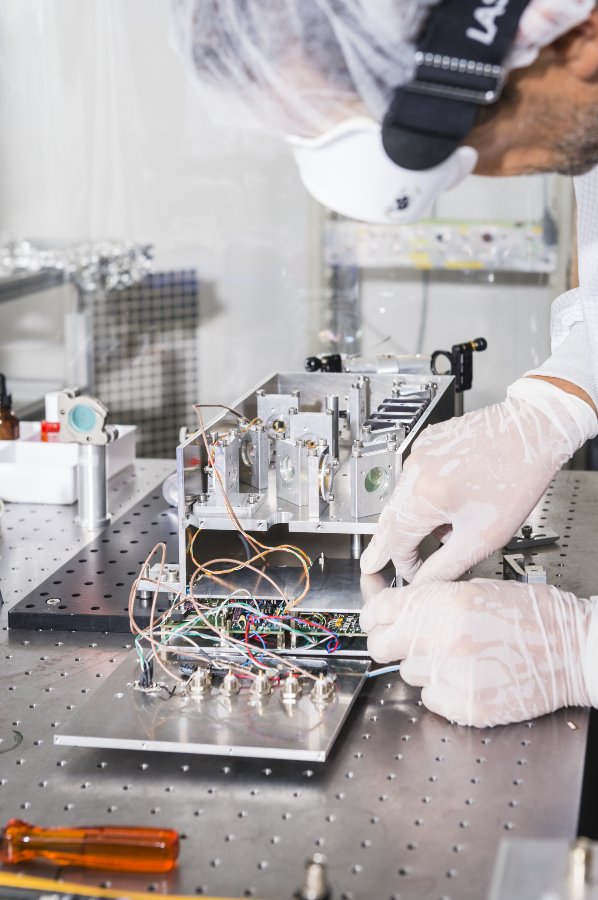 Fig 4. Laser diagnostics box
Fig 4. Laser diagnostics box
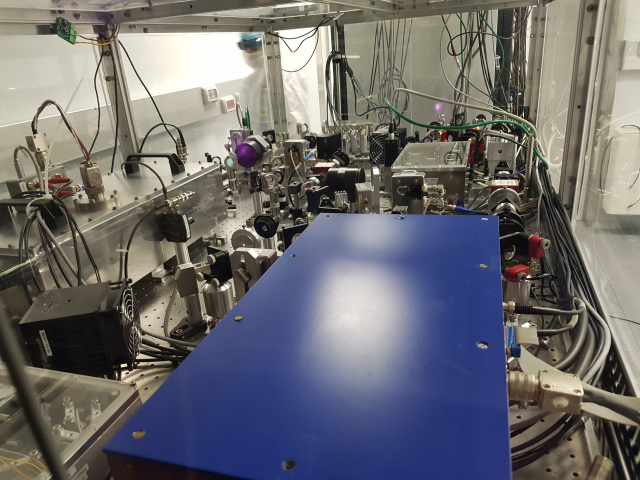 Fig. 5 PSL O3 bench with the diagnostic boxes
Fig. 5 PSL O3 bench with the diagnostic boxes
Ultra low noise power stabilization
The goal is to reach a power spectral density of relative intensity noise of 1,2x10-9 1/Hz1/2 at 30 Hz at the input of Advanced VIRGO interferometer
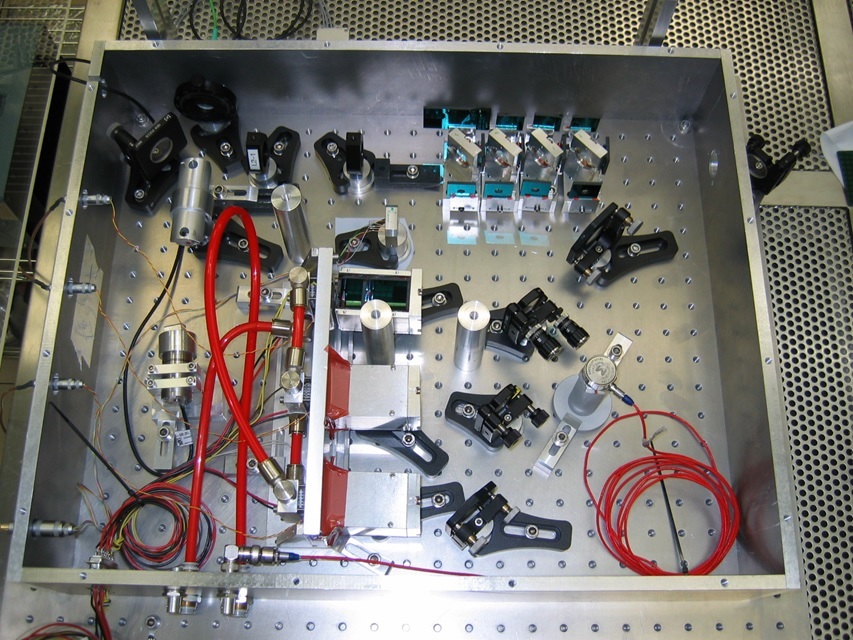
Fig. 1 : Power stabilisation prototype
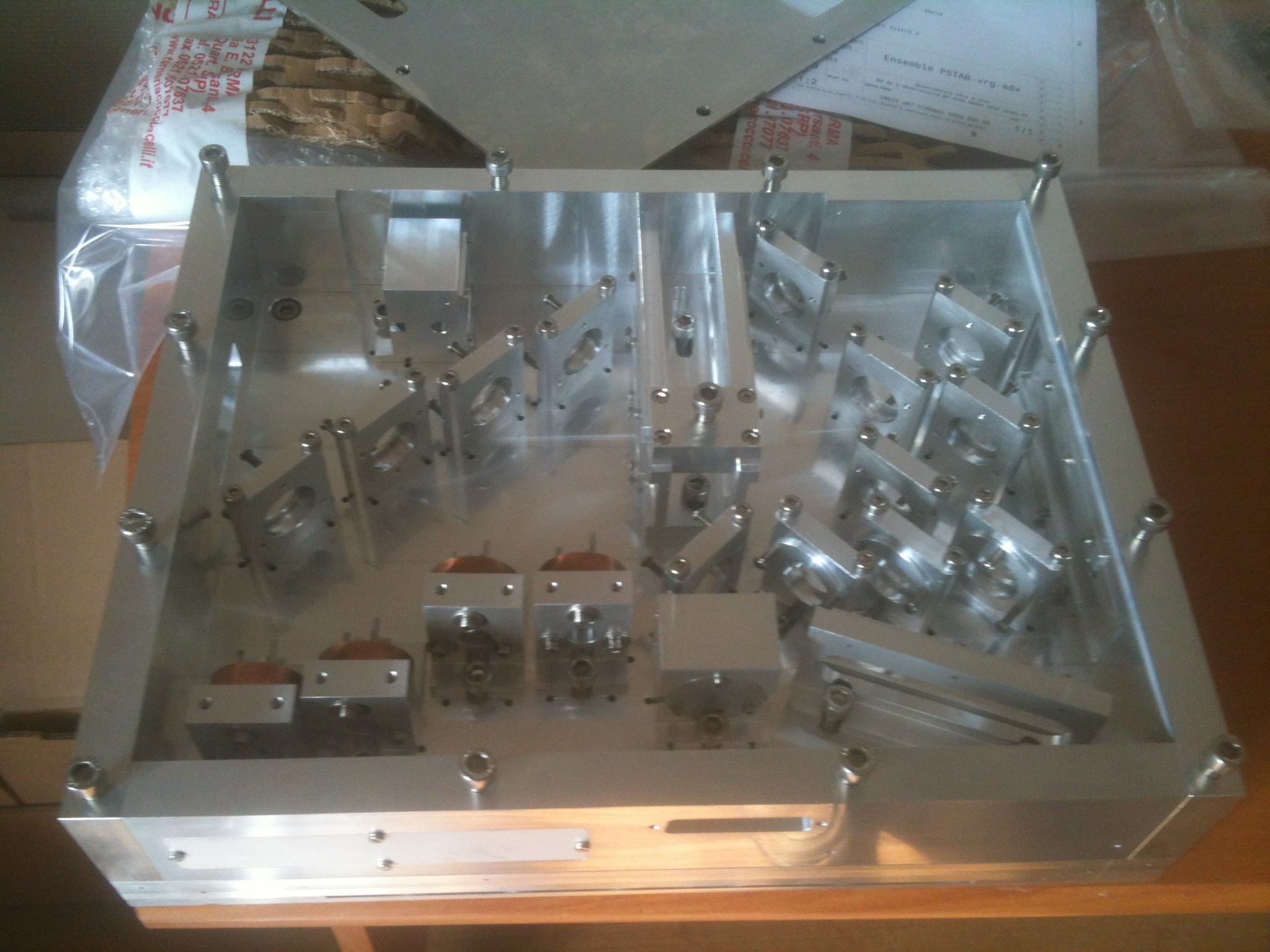 Fig. 2 : Optical box (without optics and photodiode)
Fig. 2 : Optical box (without optics and photodiode)
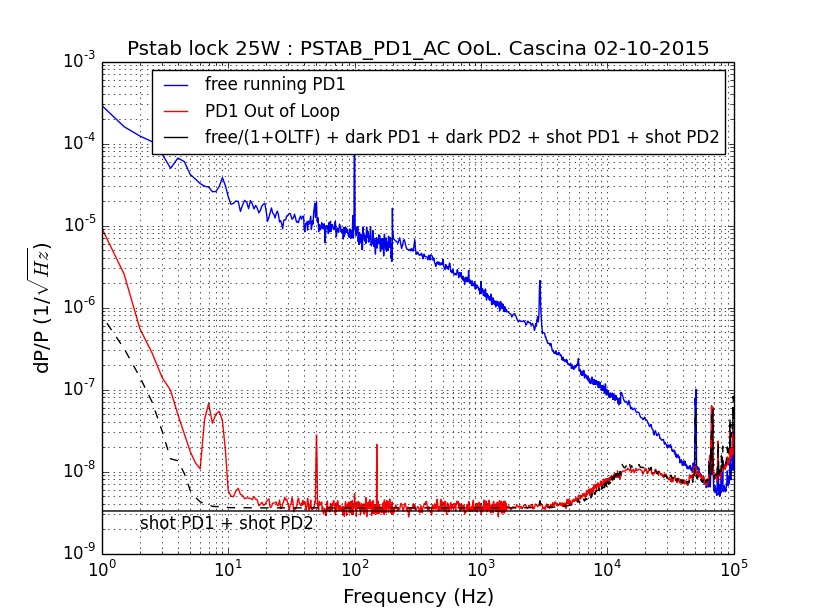 Fig. 3 : Performance of the power stabilization on site (with a power lower than the nominal power). The stabilization is limited by the shot noise between 10 Hz and 4000 Hz reaching 2.5E-9 /Hz^1/2 (out of loop result divided by 2^0.5)
Fig. 3 : Performance of the power stabilization on site (with a power lower than the nominal power). The stabilization is limited by the shot noise between 10 Hz and 4000 Hz reaching 2.5E-9 /Hz^1/2 (out of loop result divided by 2^0.5)
Publications :
- Frédéric Cleva, Jean-Pierre Coulon, Li Wei Wei, Margherita Turconi, Mourad Merzougui, Eric Genin, Gabriel Pillant, Fabien Kéfélian. Laser power stabilization for Advanced VIRGO, CLEO Europe 2021, Jun 2021
High power Pre-Mode Cleaner
The pre-mode cleaner is a key component of Advanced VIRGO pre-stabilized laser bench. The purpose of the pre-mode cleaner is to filter all the higher order modes of the high power laser system (up to 200 W), to stabilize the laser beam spatial, angular and transverse characteristics and to filter high frequency components of the intensity and frequency noise.
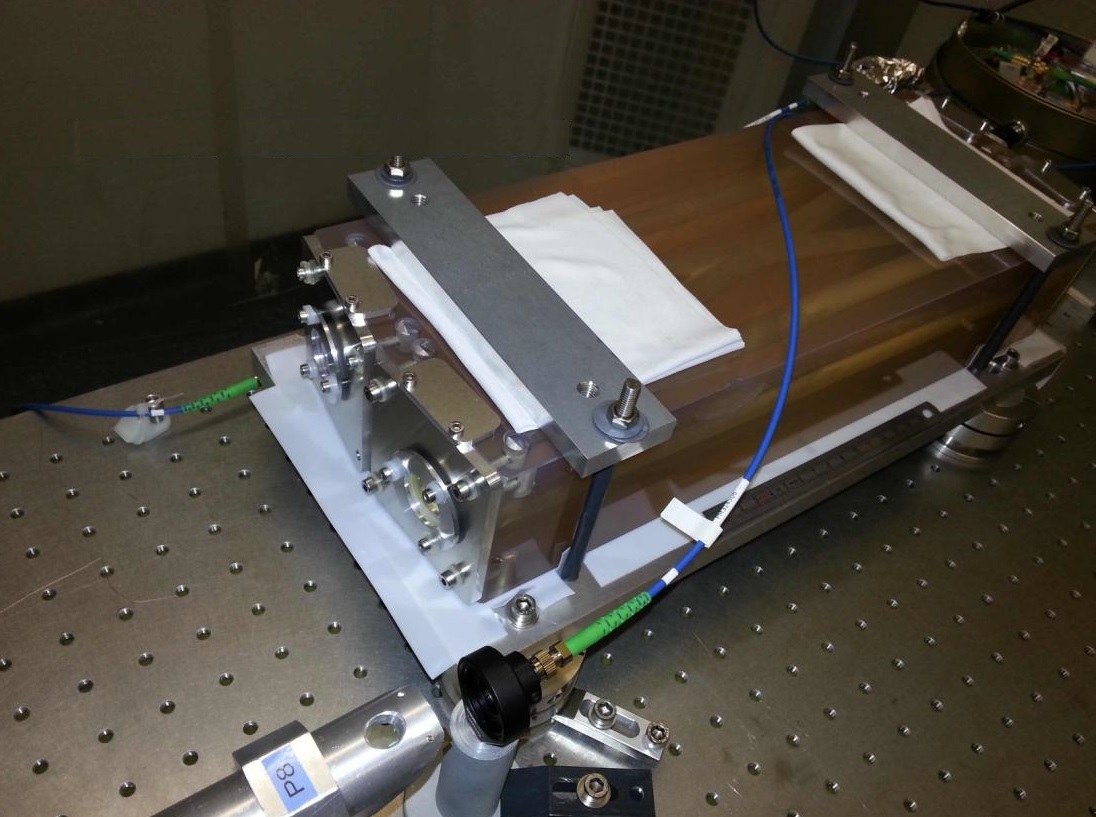
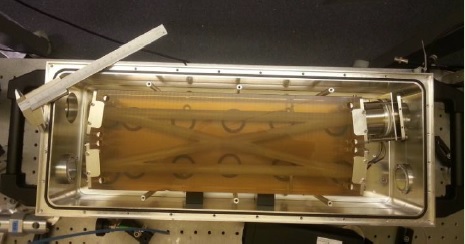
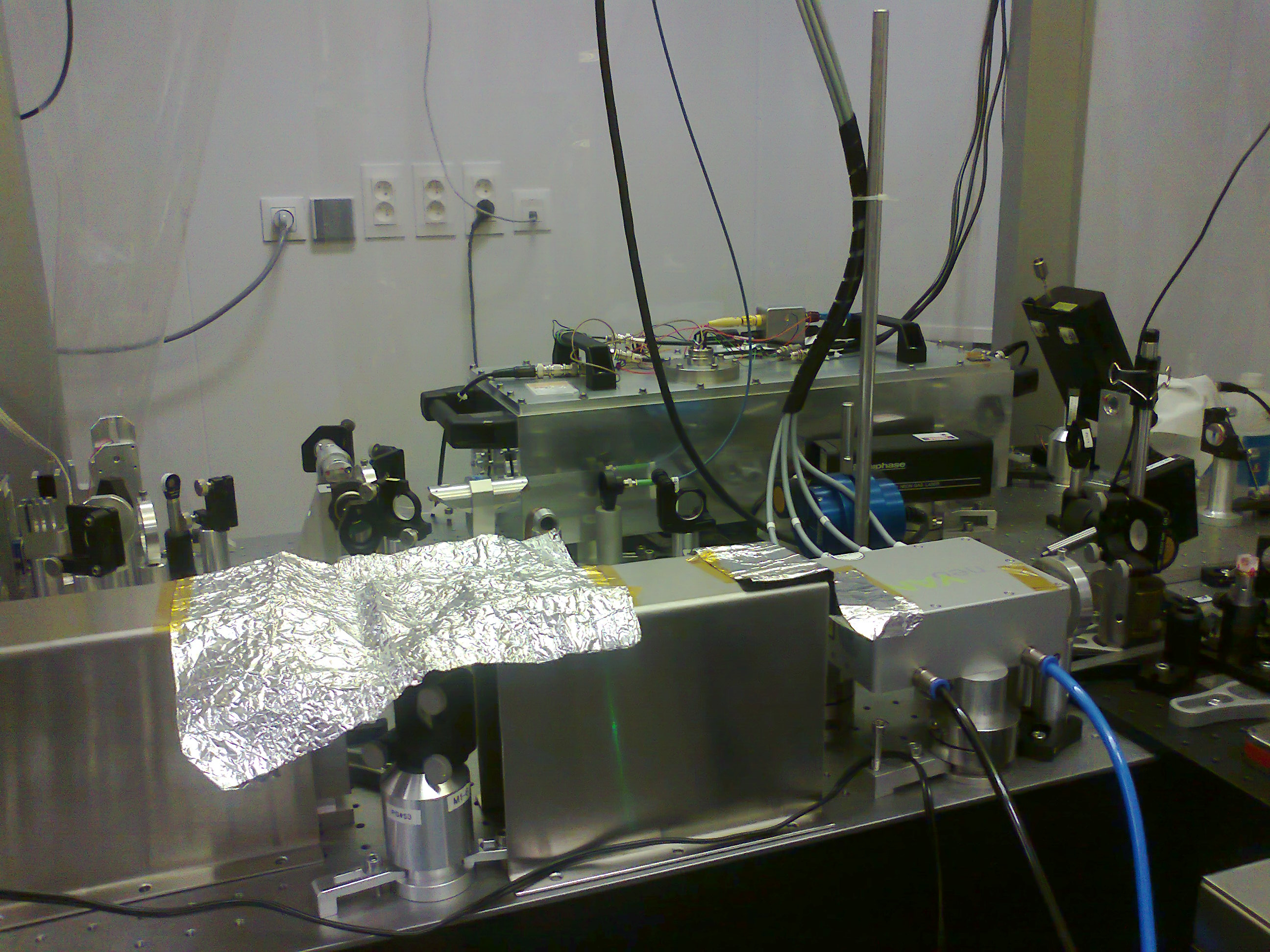 (PMC on test bench in ARTEMIS)
(PMC on test bench in ARTEMIS)
New PMC integrated in Advanced VIRGO PSL bench in decembre 2017 by Drs. F. Cleva & F. Kéfélian
Coherent beam combination
Coherent beam combination is a possible solution to manage current maximum power limit of optical amplifier and reach the target power of 200 W for the final configuration of Advanced VIRGO laser system. We have studied the principle of the technique with 50 W fiber lasers and performed detailed noise measurements regarding the power, frequency and spatial parameters on the combined beam
A combination efficiency of about 96% was achieved with two 35 W beams, without spurious noise (see Wei et al. Opt. Lett. 41, 5817)
Publications :
- Li-Wei Wei, Frédéric Cleva, and Catherine Nary Man, "Coherently combined master oscillator fiber power amplifiers for Advanced Virgo," Opt. Lett. 41, 5817-5820 (2016)
- Li-Wei Wei. High-power laser system for Advanced Virgo gravitational wave detector : coherently combined master oscillator fiber power amplifiers. Thèse de doctorat. Université Nice Sophia Antipolis, 2015. (2015NICE4091) 〈tel-01284969〉
